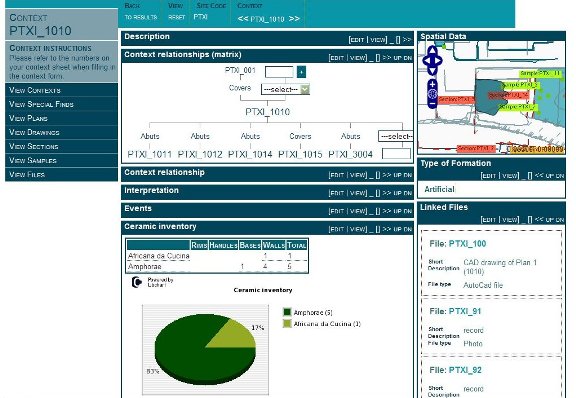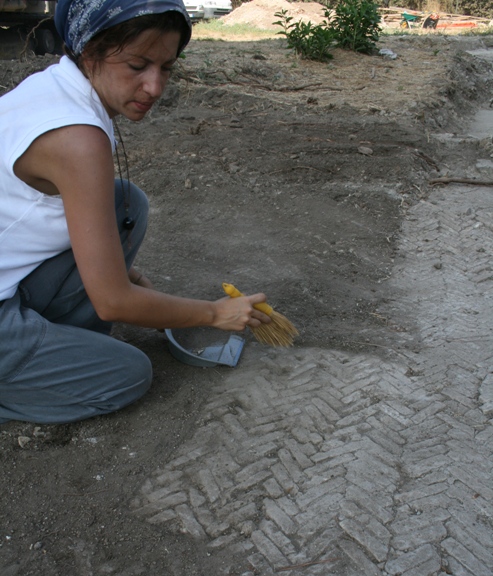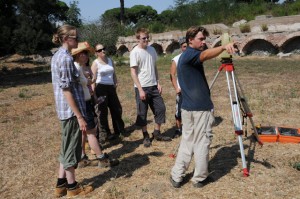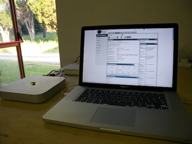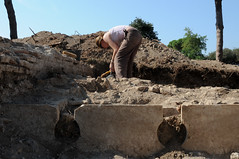
Roman Latrine found
We have just unearthed a Roman latrine within the Imperial Palace. Initial evidence around the edges and on the exposed floor suggested that this was a well-appointed room. It forms part of a complex of small rooms on the eastern end of the Imperial Palace trench, adjacent to the road.
Continue reading →



